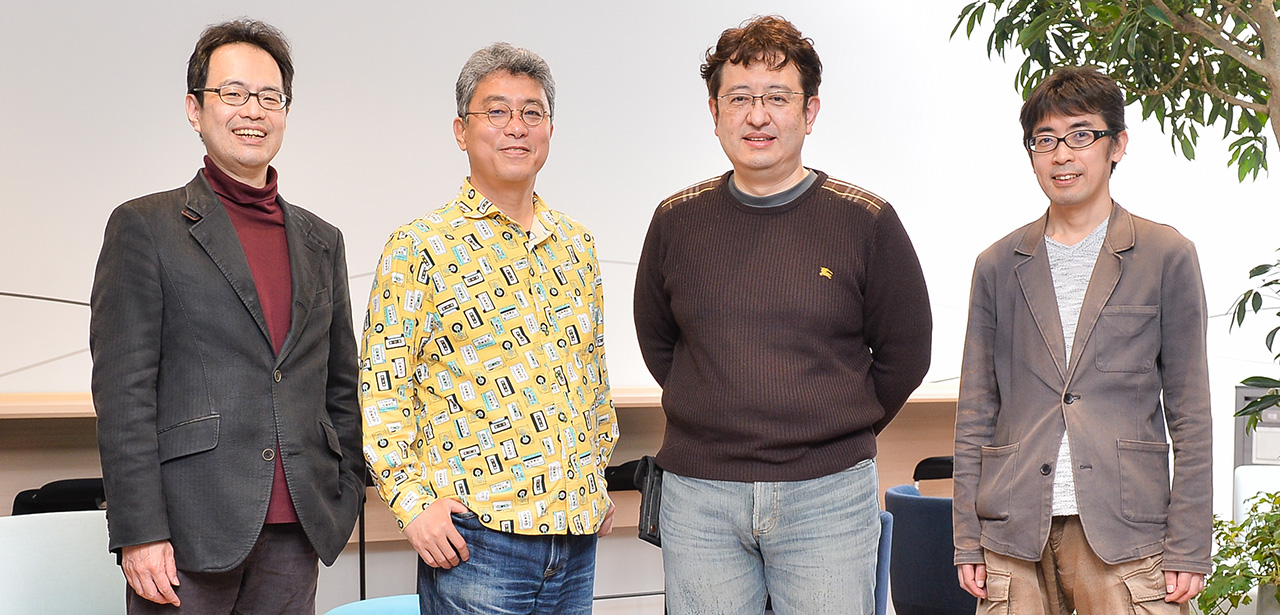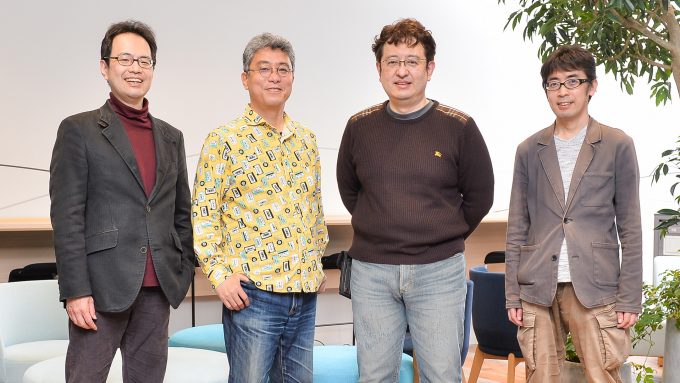“WE DISCUSS VANA’DIEL” is a series of conversations between Producer Matsui and special guests who are familiar with FINAL FANTASY XI (FFXI). In this special edition, FFXI Director Yoji Fujito joined Producer Matsui to speak with our guests. Our guests for this roundtable are Akio Setsumasa and Tsuyoshi Agura, developers of the pioneer series of Japanese online RPGs, Phantasy Star Online. The four developers shared the challenges they faced and other behind-the-scenes stories from the early days of online RPG development for consoles. In the first part of this four-part conversation, they enlightened us on their personal histories as game developers.
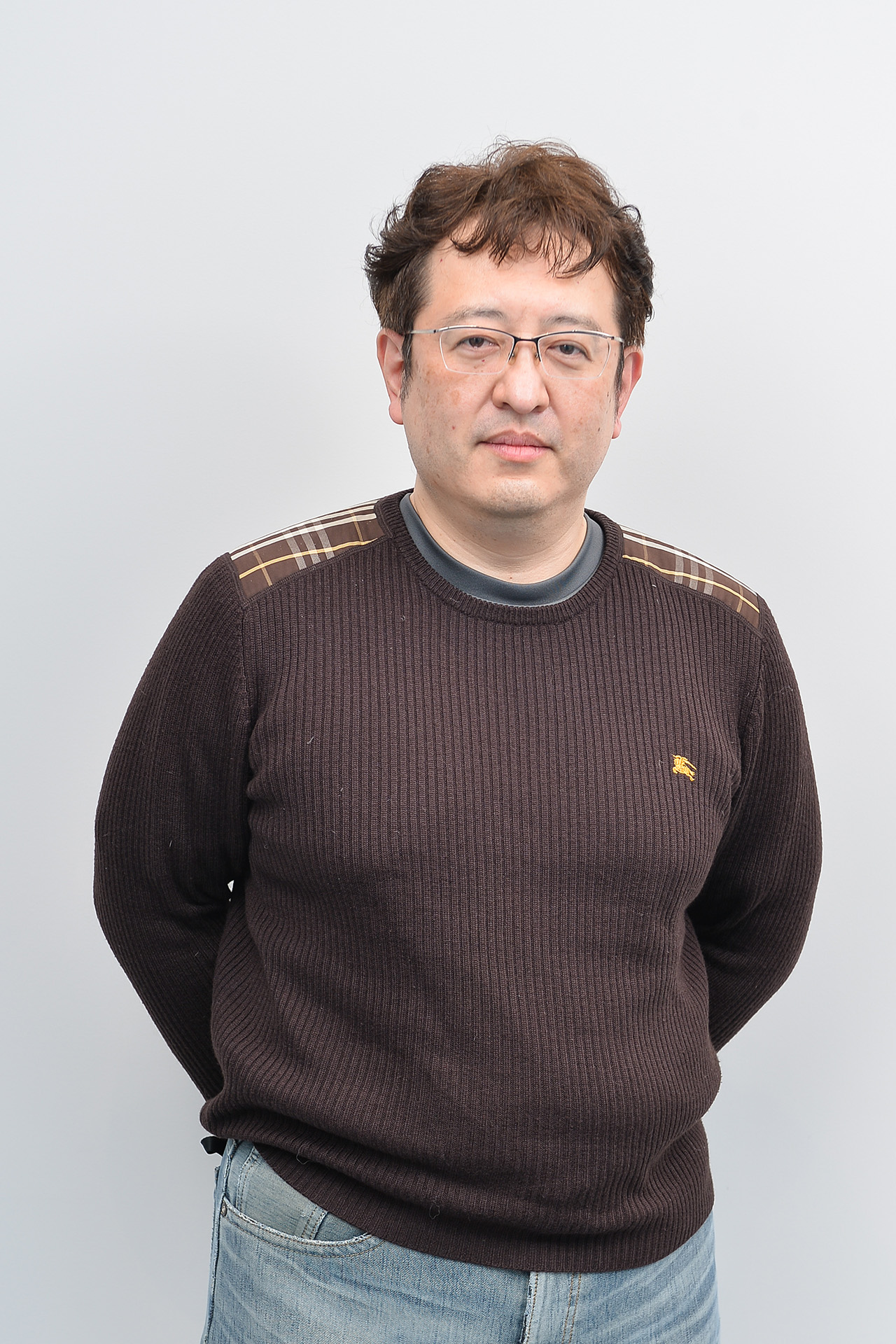
Network Director of SEGA's Phantasy Star Online 2. He worked on titles including Nights into Dreams, Burning Rangers, and Sonic Adventure during his time as a programmer in Sonic Team, then later joined Phantasy Star Online as a lead programmer. He also oversaw the network-related aspects of Phantasy Star Universe and has continued to work on all Phantasy Star titles thereafter.
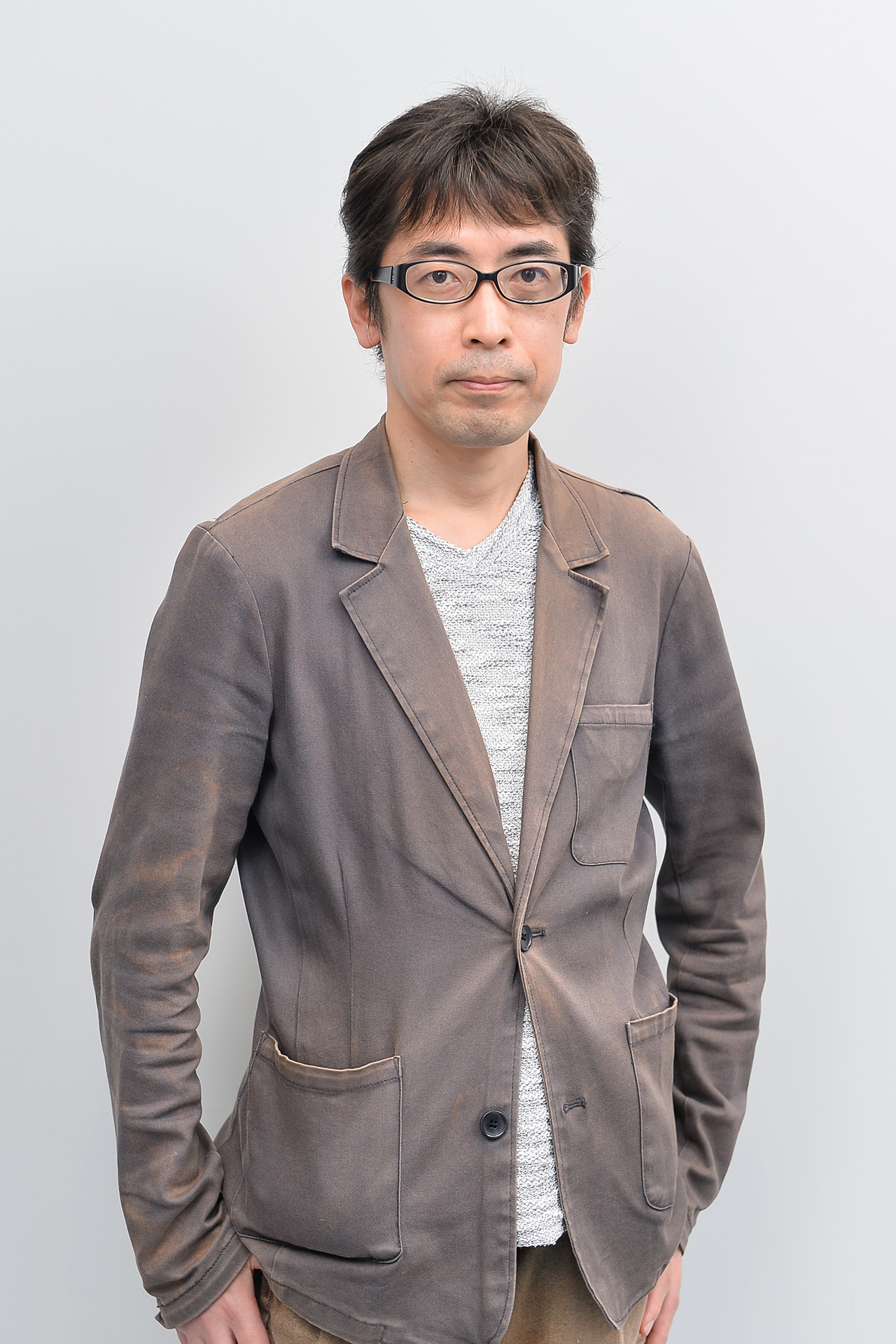
Lead Server Programmer of SEGA's Phantasy Star Online 2 New Genesis. In addition to working on Skies of Arcadia Legends, he was involved in several online games for the Dreamcast, including Guru Guru Onsen 2, Sakura Wars Online, and Guru Guru Onsen 3. He has been supporting the Phantasy Star Online series alongside Mr. Setsumasa starting with Phantasy Star Universe. Incidentally, Mr. Agura has been playing FFXI since the beta testing days.
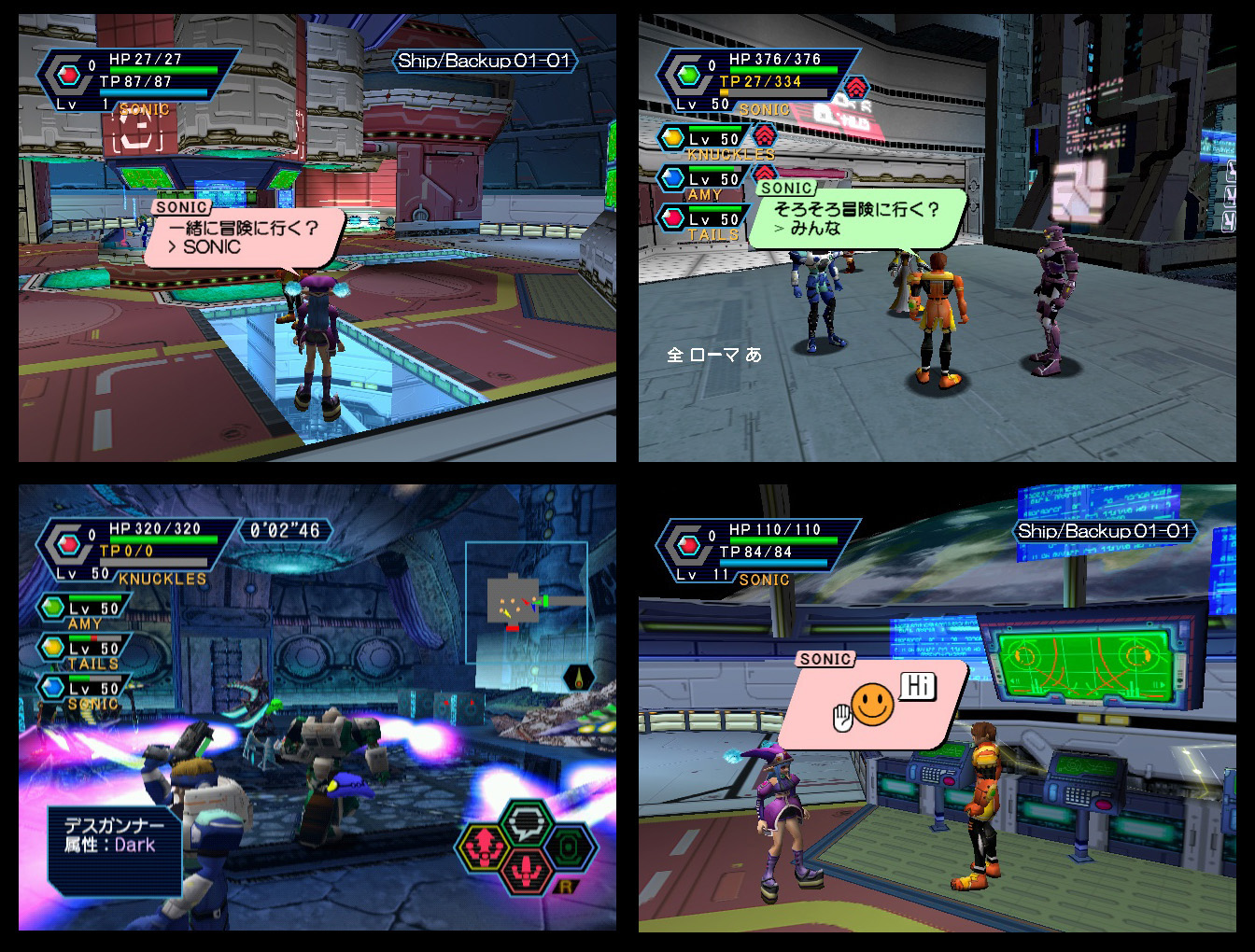 Phantasy Star Online is an action RPG for the Dreamcast released by SEGA in 2000, which introduced online multiplayer to players around the globe as the first 3D online RPG for consoles. It is currently succeeded by the ongoing latest entry in the series, Phantasy Star Online 2 New Genesis.
Phantasy Star Online is an action RPG for the Dreamcast released by SEGA in 2000, which introduced online multiplayer to players around the globe as the first 3D online RPG for consoles. It is currently succeeded by the ongoing latest entry in the series, Phantasy Star Online 2 New Genesis.
Leveraging the limits of the hardware
This happens to be the first-ever group conversation between the developers of Phantasy Star Online (PSO) and FFXI. First, I’d like to ask our guests about how they joined SEGA and what titles they’ve worked on. Would you start us off, Mr. Setsumasa?
- Setsumasa
I joined Sega Enterprises (now SEGA) in 1993, around when Virtua Fighter* became a hit. Joining SEGA had been my first choice, and I applied and surprisingly got in without a hitch.
* Virtua Fighter is the world's first 3D fighting game, released in arcades in 1993. - Matsui
Did you have any programming experience before joining SEGA?
- Setsumasa
Yes, I’d been making games on my own prior to that, which is why I wanted to join SEGA. That said, those of us who joined SEGA to make games were a mix between those with prior experience like myself and others who had no experience at all.
- Matsui
What was the first title you worked on?
- Setsumasa
The first one I worked on was Streets of Rage III for the Sega Genesis*. I was involved in several 32X* titles after that, including the 32X versions of Metal Head and Virtua Fighter. Then from there I worked on Nights into Dreams and other Sega Saturn titles.
* The 32X is a peripheral device that expands the Sega Genesis into a 32-bit machine, allowing games to express 3D polygons without the need for a special chip.
* Nights into Dreams is an action game released for the Sega Saturn in 1996. The game is still highly regarded today for its dream-like ambience and gameplay where players can freely fly around in a 3D environment.
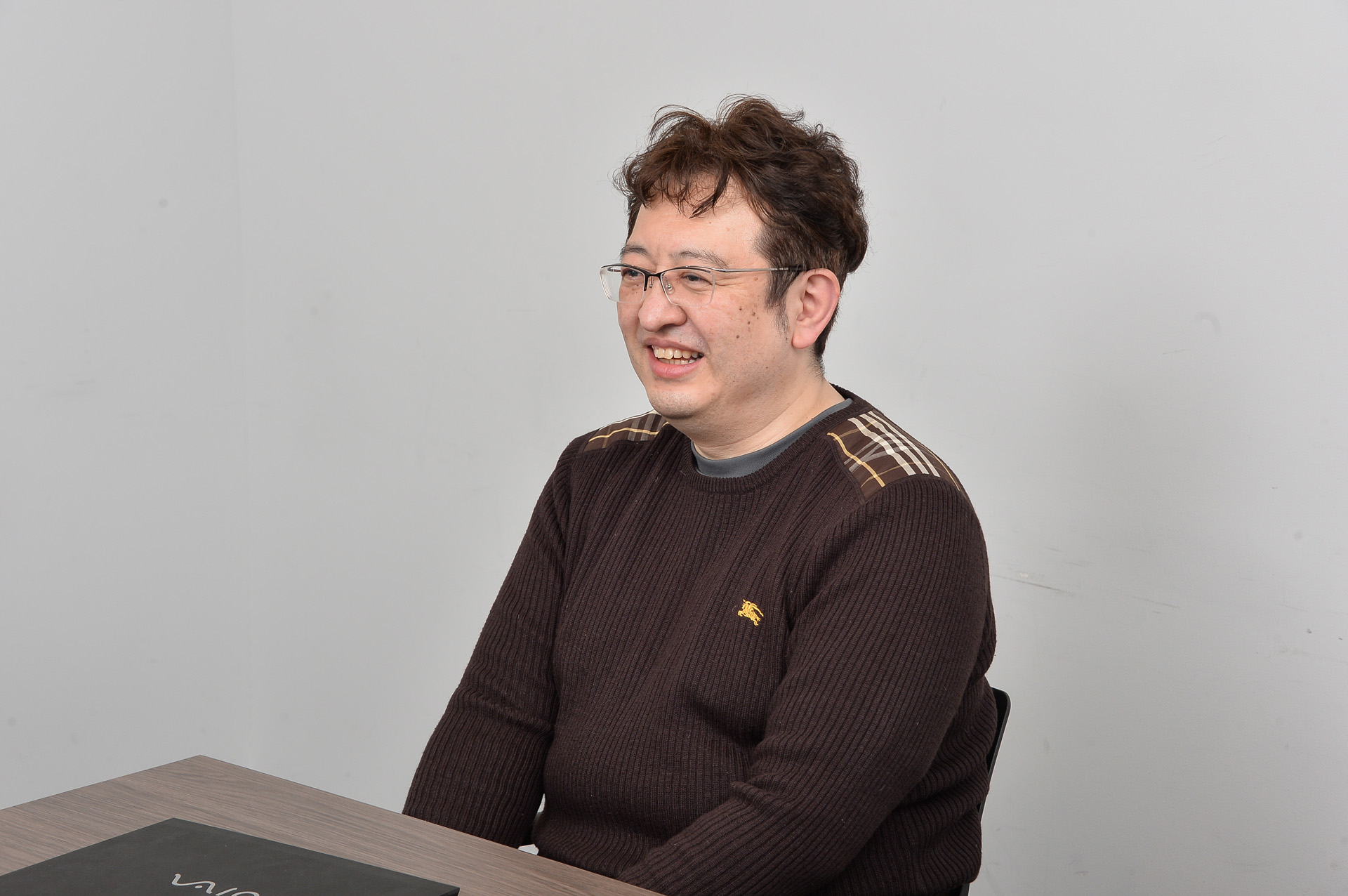
- Matsui
The 3D visuals in Nights into Dreams were astounding.
- Setsumasa
The first game I developed that used polygons was Virtua Fighter for the 32X, but I was primarily responsible for the system-related aspects rather than the 3D parts of the game. So Nights into Dreams would be the first game where I started working with 3D in earnest. With all of us working fervently on that game at the time, I was also working through the night for consecutive days. After that, I worked on Burning Rangers and Sonic Adventure as a member of Sonic Team.
Next, I’d like to ask Mr. Agura about how he joined SEGA and what titles he’s worked on.
- Agura
I'd always loved the FINAL FANTASY (FF) series and originally wanted to join Square (now Square Enix). When I was a student, however, I was late to start searching for a job and Square was no longer recruiting fresh graduates by the time I began.
What a surprise! I didn’t know that about your past.
- Agura
From there, I thought about where else I wanted to go. Since I also enjoyed baseball games, especially Let's Create A Professional Baseball Team! on the Sega Saturn, I decided to apply to SEGA. The first title I worked on after joining was Guru Guru Onsen 2 for the Dreamcast, and I continued developing online games with Sakura Wars Online and Guru Guru Onsen 3. Then after porting Napoleon from Guru Guru Onsen 3 into a cell phone app, I was involved in an RPG for the GameCube called Skies of Arcadia Legends.
- Matsui
So you temporarily took a break from making online games after working on several of them?
- Agura
Yes, but after that, I decided I wanted to work on online games again and joined the team for the PSO series. The first title in the series I worked on was Phantasy Star Universe.
Have you and Mr. Setsumasa been working on the same team ever since?
- Setsumasa
Yes. We've been working together for a long time.
- Agura
Setsumasa primarily worked on the main titles of the series, while I often worked on the spin-offs such as Phantasy Star Zero and Phantasy Star Portable.
- Matsui
Mr. Agura, you mentioned you like the FF series. Which game did you play first?
- Agura
The first one I played was FFIII. After that, I went back to FFI and FFII, and have been playing the latest titles on release ever since. The ones that I personally liked the most were the titles released on the Super Nintendo Entertainment System (SNES); namely FFIV, FFV, and FFVI.
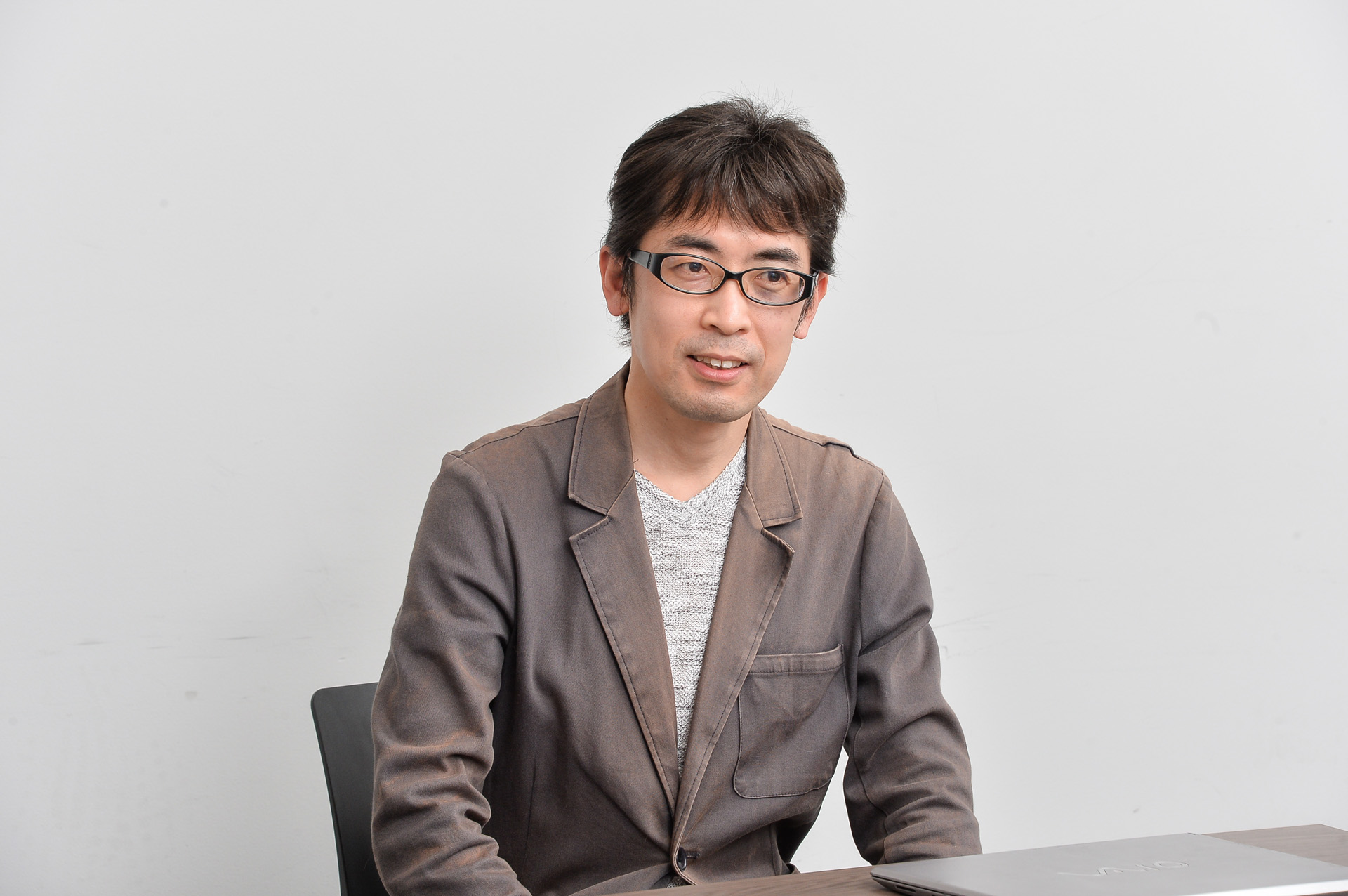
- Matsui
Then perhaps we’ve already met before this, in the Developer's Office*.
* In FFIV, there is a hidden location that can be entered through the Dwarven Castle, known as the Developer’s Office, where the player can speak with various characters named after the developers. Additionally, the developer characters can also be encountered in a battle encounter (though no actual fighting takes place, and the characters flee after some dialogue), including one “Akihiko Matsui.” - Agura
That’s true, you might say that. (laughs)
Now that our guests have been introduced, it's also Mr. Fujito's first time in the WE DISCUSS VANA'DIEL series, so I'd like to ask about how he joined Square.
- Fujito
The first game company I joined was Konami. There aren’t any titles I could call my defining works from back then, since I was just earnestly trying to learn. I first learned C (programming language) in Konami’s arcade game development division, then later transferred to their division for developing PlayStation titles. I later joined Square in 1995, where my first job was working on Einhänder*.
* Einhänder is a side-scrolling shooting game released by Square in 1997. So your game development career began from arcade games?
- Fujito
That's right. When I transferred to Konami’s PlayStation development division, my team was led by the person who designed Tetran from the Gradius series, who was good at simulating tentacle-like movements. The first thing they’d always do was to integrate their own trigonometric table into the source code, since tentacle-like movements heavily rely on sine and cosine values.
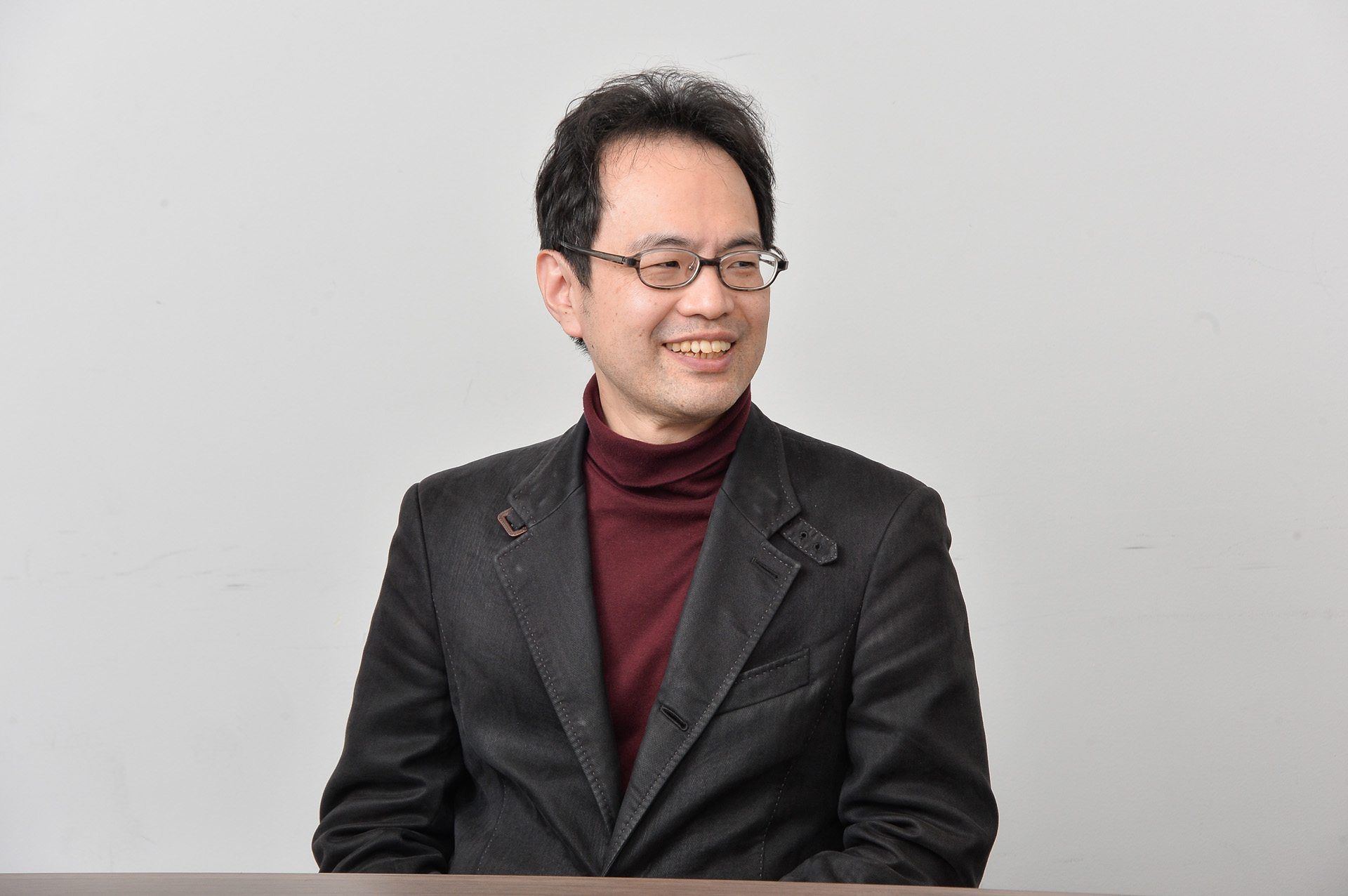
- Setsumasa
That was typical with the hardware back then, wasn't it? Everything started from creating trigonometric tables.
Mr. Matsui and Mr. Fujito, what were your impressions of SEGA back when they were developing the Genesis, Saturn, and Dreamcast?
- Matsui
I don't know if this was necessarily true, but my impression was that SEGA’s strength was in its accomplished programmers. Having joined Square as a planner, I remember hearing that SEGA had many talented programmers, and that it was the role of planners in their company to support them.
- Fujito
SEGA’s games had crystal-clear concepts like “gradually improving at the controls to pull off complex maneuvers,” and I saw them as a role model who showed us what exactly video games were meant to be. Many titles back then were console ports of arcade games. I thought they were amazing at replicating the original games, and everyone around me also had a reverence for SEGA.
- Matsui
SEGA was working on many arcade games at the time, as well as hardware like the Sega Genesis and Sega Saturn. Did those endeavors play a major part in their expertise in technology?
- Setsumasa
I would say so. Since we were also a hardware manufacturer at the time, we felt an obligation to create games that would show off our hardware. I believe that’s what led to many of our games being technology driven.
- Matsui
Over at Square too, the presentation effects of SNES games like FFVI and Chrono Trigger were programmed by developers who could leverage the specifications of the hardware. Mr. Agura mentioned how he likes that era of the FF series, which might be because he can sense the passionate spirit those developers put into their games.
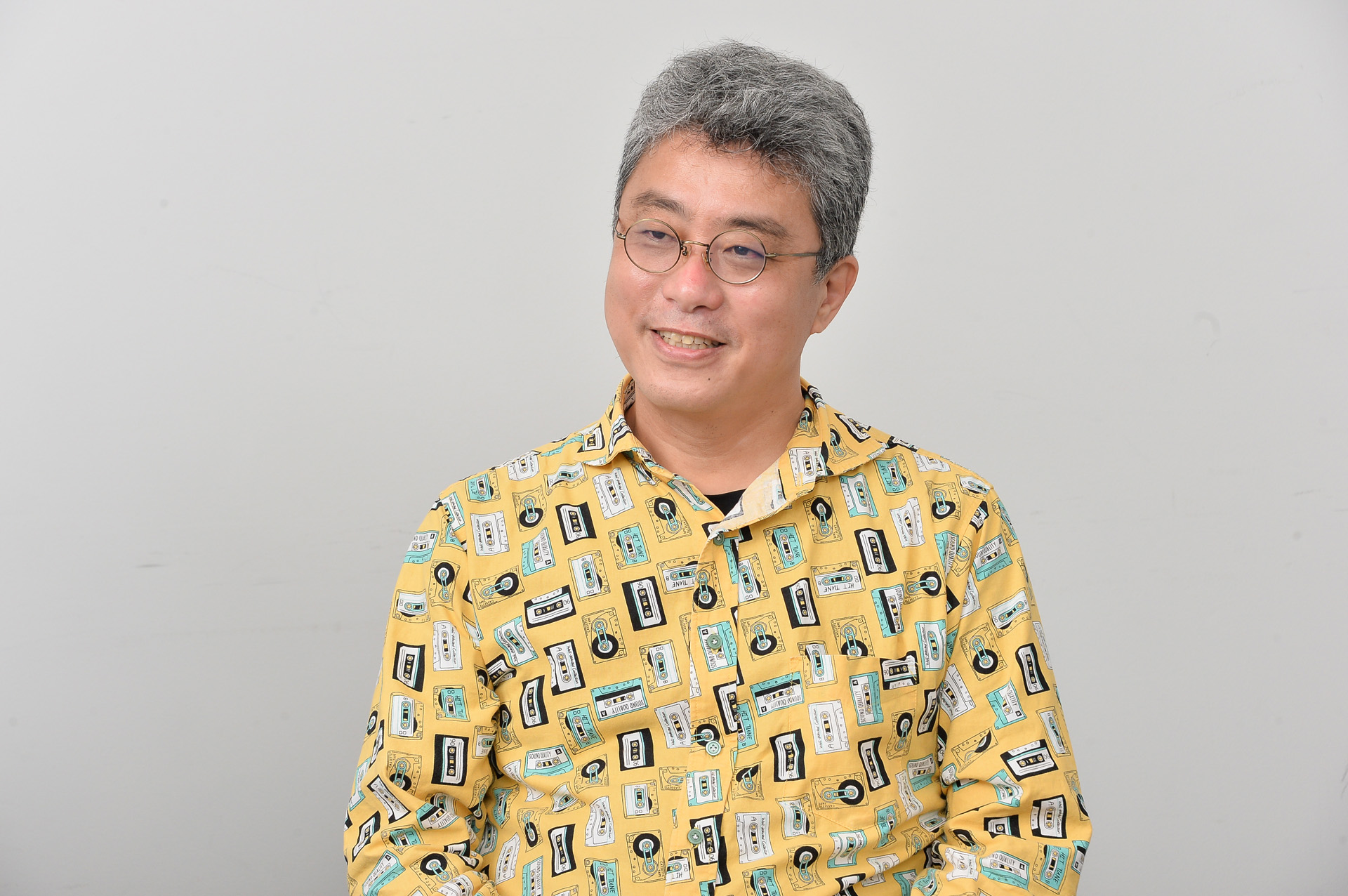
I have the impression that back then, researching platform hardware was not only done by hardware manufacturers, but software developers as well.
- Matsui
It was common for programmers to have that kind of propensity back then. For example, they did things like disassemble the code created by the compiler* and remove unnecessary code to boost performance.
* Compilers are programs that translate human-readable programming code into machine code. On the other hand, disassembly is the process of translating machine code into assembly code (source code) which is easier for humans to read. - Setsumasa
Oh, I did something similar myself. The Sega Saturn was originally unable to express semi-transparency, so I got creative and brute forced my way into creating the flames in Burning Rangers.
© SEGA



